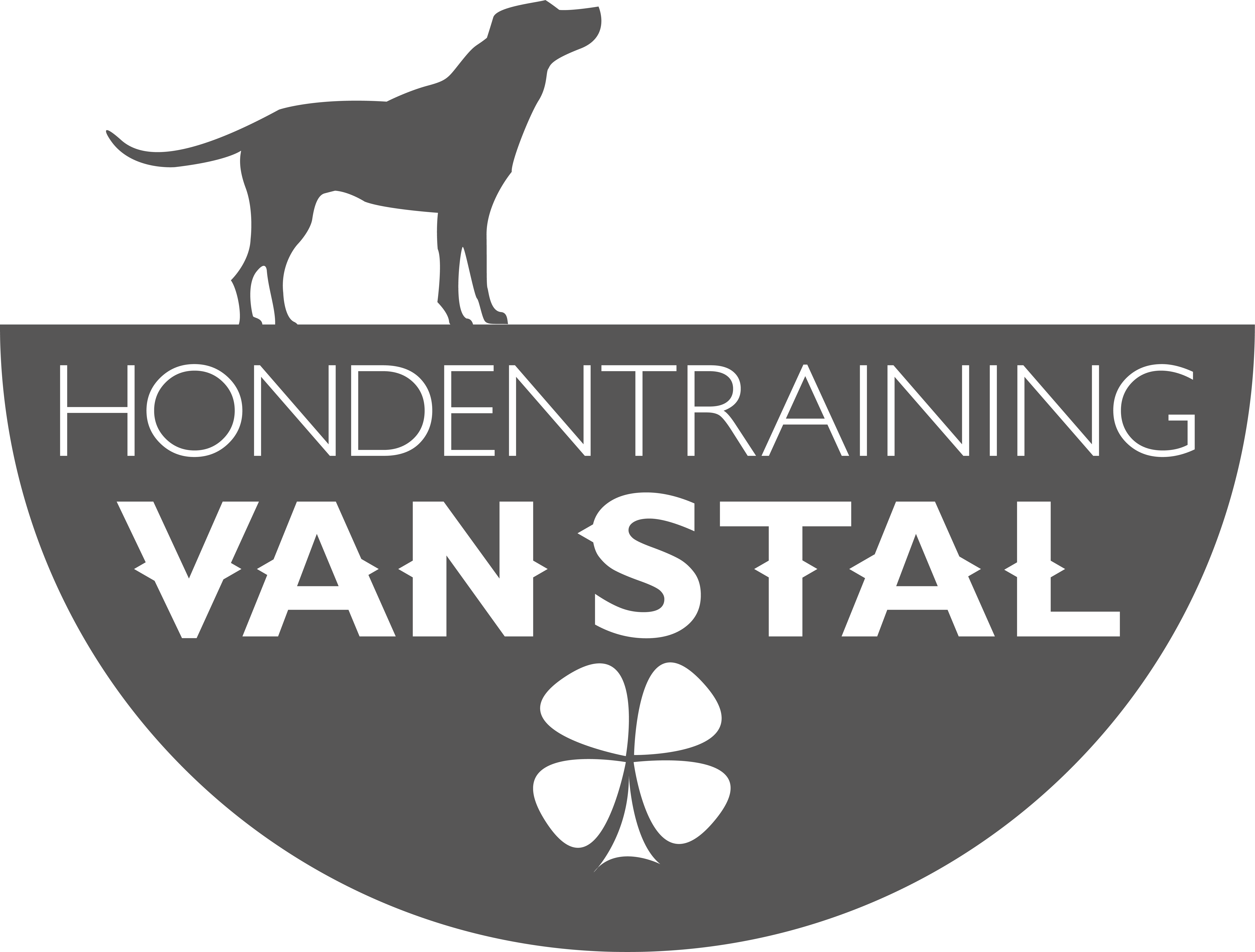Content
- What is useful to be able to do in advance?
- Groupsize: Max 4
- Indoor training
- Online environment (± 3 hours)
- Coursedays: Thursdays
- Mental challenge that can be done everywhere
Dogs live in scent images
Dogs live in scent images. The nose is followed daily, odors are analyzed and impressions are processed. A dog’s sense of security, information about other dogs, but also information about emotions and symptoms of illness can be “seen” through the nose. Working with the nose is a challenging activity that the dog can get a lot of satisfaction from.
Specific nose work, a task for the nose to find a particular scent, can not only be a lot of fun, but also give the dog a lot of confidence and challenge.
Scientific research has also shown this, dogs can handle fearful situations better if they take detection courses.
Some dogs were even originally bred to work with their noses.
How wonderful to give dogs back this task/need.
Detection Continued
The use of their nose is very intensive, so half an hour of nose use is more than enough. Each week we highlight a different aspect of detection.
After the basic part, the lessons can be extended to follow-up or duo lessons, hiding the specific scent in increasingly challenging places.
What will you do?
In detection, the dog is trained to recognize and point out a specific scent.
This could be drugs, bombs, diseases (e.g. diabetes or cancer) and missing people.
At Van Stal we will not look for drugs, but keep it simple and choose home, garden and kitchen scents, such as cinnamon or cloves.
Advantage is that detection can be done anywhere, so also at home or during your walk! A fun activity for you and your dog who will be mentally challenged by this.
Also great for insecure dogs who still find the outside world very exciting.
What does the nose do?
Dogs experience the world primarily through their nose. While humans rely mostly on their eyes, dogs use scent as their most important sense. Their sense of smell is up to 100,000 times stronger than that of humans! Every day, they follow their nose, analyze scents, and process impressions from their environment. This goes beyond simply recognizing smells:
- Gathering information: Dogs extract details from scents about other dogs, their emotions, and even signs of illness.
- Safety and confidence: Scents help dogs feel secure in their surroundings. They ‘see’ with their nose and can associate smells with positive or negative experiences.
- Emotional well-being: Nose work stimulates the brain and helps reduce stress and anxiety in dogs. Scientific research has even shown that dogs engaged in scent detection training cope better with stressful situations.
What is useful to be able to do in advance?
The dog should already know the basics of the clicker (word) beforehand and be able to be placed somewhere quiet for a while at times. For this we use the sniffing boxes at Van Stal, among other things, but also consider the “sit and wait” or “place” exercises.
